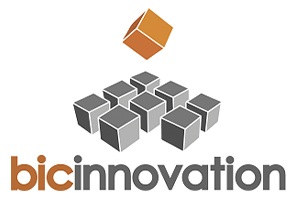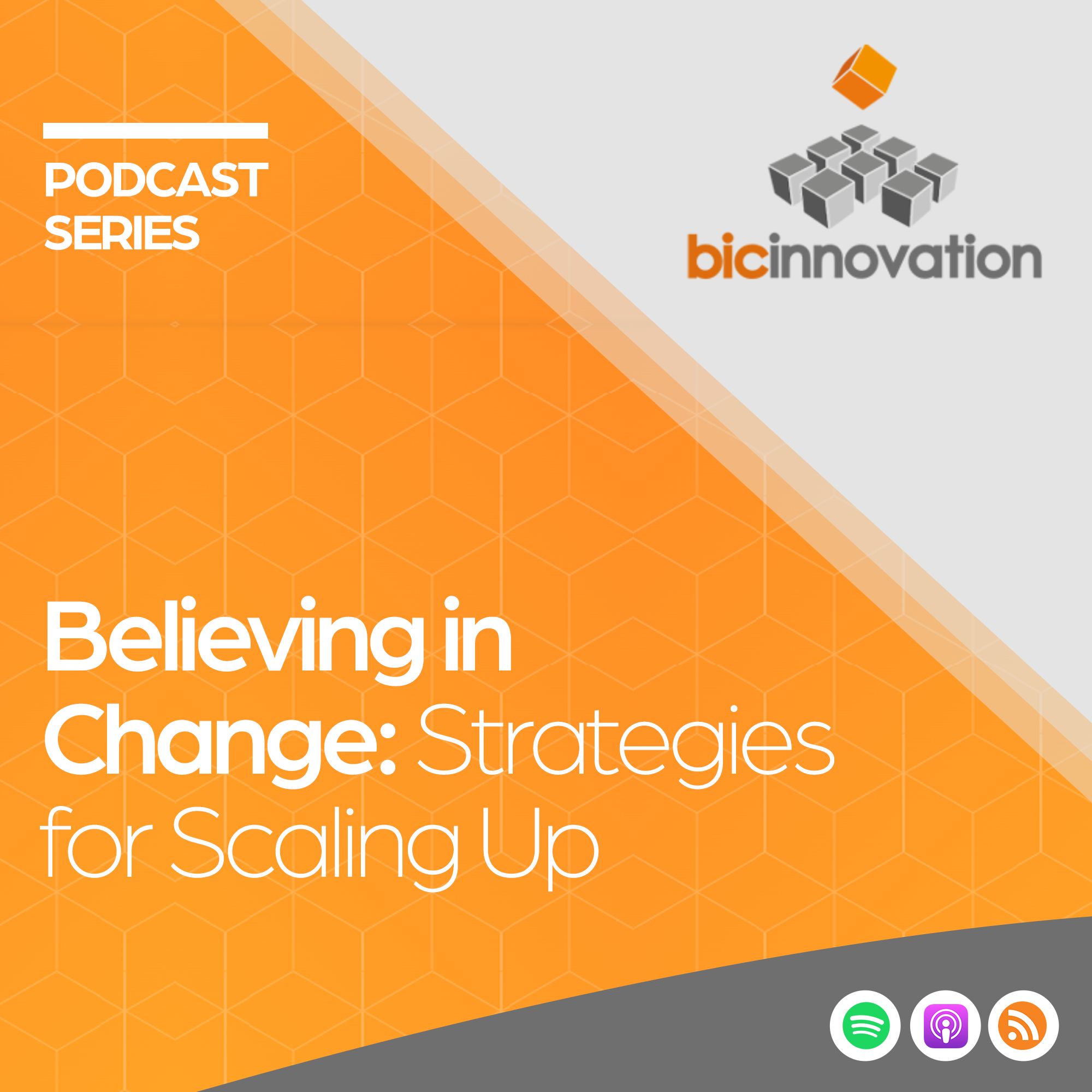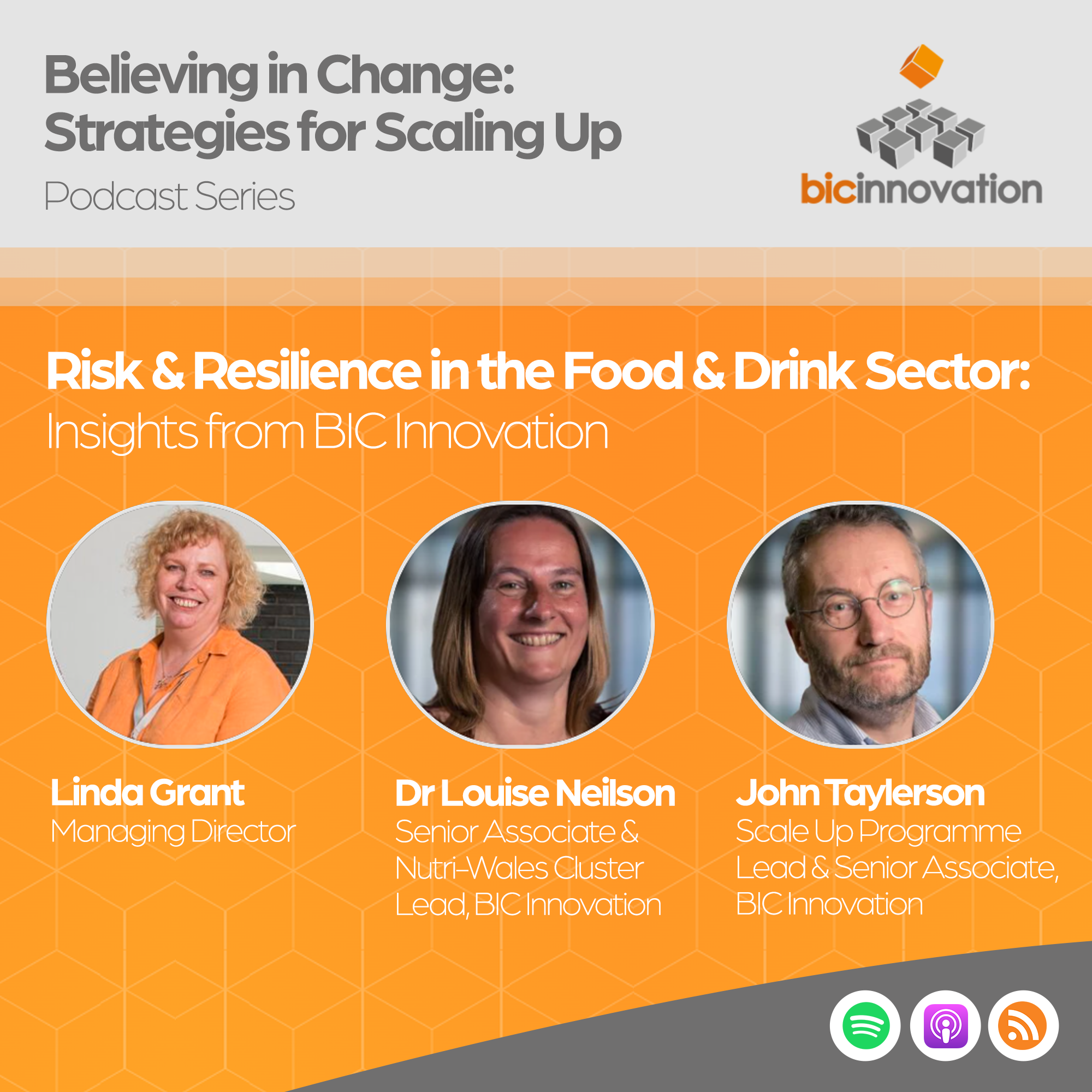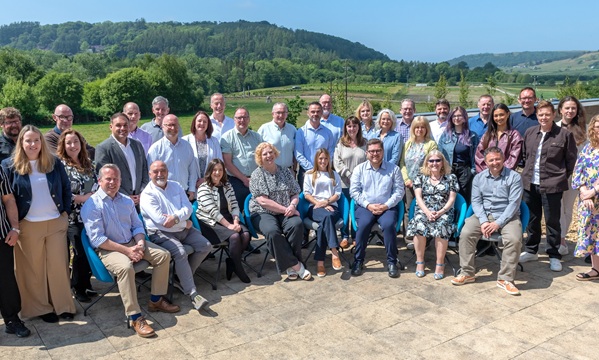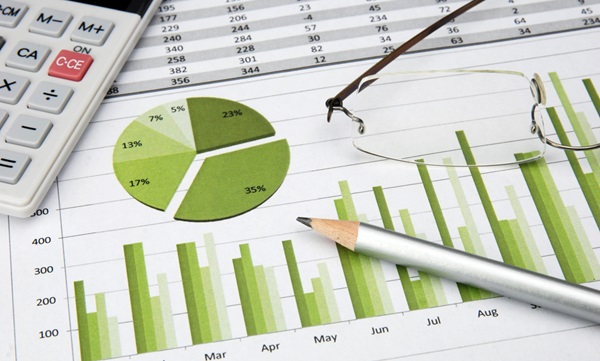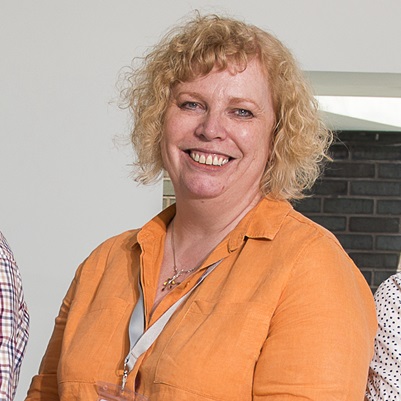
At BIC Innovation we’re an SME ourselves, which makes a big difference in how we work with other SMEs. We understand the constant juggling act of managing day-to-day demands while trying to plan ahead. When it comes to climate change, that forward planning is becoming less of a ‘nice to have’ and more of a business imperative.
Climate resilience is no longer just about risk management. It’s about maintaining competitiveness and responding to changes that are already well underway. The conversation is often framed as a choice between mitigation and adaptation, but the reality is that SMEs are going to need to get comfortable with both.
Mitigation is about reducing carbon emissions. Adaptation is about recognising that the climate has already changed and preparing for the impacts of that. Businesses who focus only on mitigation could leave themselves exposed to the immediate realities of extreme weather, disrupted supply chains or changes in regulation. And those who focus only on adaptation may find themselves locked out of future markets or procurement processes that require evidence of carbon reduction. The most resilient businesses will take both into account and look for the connections between the two.
We’ve seen this in practice, particularly in sectors like food and drink. A number of businesses have invested in solar panels. It’s a clear mitigation measure that reduces their carbon footprint – but it’s also an adaptation. By reducing reliance on increasingly volatile energy markets, they’re improving cost stability and safeguarding production. In turn, they can afford to carry more finished stock in case a storm interrupts operations. That’s a good example of mitigation supporting adaptation. It’s not an either-or.
Legislation is one driver of change, but there are others. Consumer expectations are shifting – even if not everyone fully understands what ‘net zero’ means, people increasingly want to see that businesses are taking some form of action. Larger corporates, under pressure to reduce their own emissions, are now focusing on Scope 3 – emissions that come from their supply chain. For SMEs, that means they are being asked to demonstrate their own carbon reduction plans if they want to remain in that chain.
It’s happening in the public sector too. In our own work, even for modest contracts, we’re now being asked to show that we have a carbon reduction plan. That trend is only going in one direction. And it cuts across every sector, from food supply to medical equipment to professional services.
That’s why it’s so important for SME leaders to gain a basic understanding of this space. I’m not a technical consultant, and I’ll admit that a year or two ago I didn’t fully grasp some of the language. But working with experts has helped build my confidence, and now I can see how to apply this thinking to our own business. We’ve reduced our own emissions and created a plan to continue that work – something I’m really proud of.
At BIC, we’re also trying to help other SMEs navigate that journey. For some, it’s about helping to make the commercial case, for example helping them to develop a business case for investment in renewables like solar PV. For others, it’s about helping them access research and innovation. Facilities like AberInnovation can give SMEs a way to test new ideas without putting their core production at risk. That could be around waste valorisation or packaging – Scope 3 issues that can feel hard to tackle without external input.
Part of what we do is horizon scanning. Not every innovation is ready to implement now. But SMEs need to start thinking about what they might need to change in three, five or ten years’ time. Through our relationships with universities and research centres across Wales, we can help businesses identify what’s relevant to them, and when.
The barriers are real – time, knowledge, money – but they are not insurmountable. As with so many things in business, progress starts with understanding. The more we can embed this thinking into our day-to-day decisions, the more natural it becomes. That doesn’t mean transformation overnight. But it does mean putting climate considerations into the conversation now, not waiting until change is forced upon us.
There’s no one-size-fits-all model. But what is clear is that mitigation and adaptation must go hand in hand. By approaching both together, SMEs can find practical, commercial ways to improve their resilience, and, just as importantly, their competitiveness in the face of climate change.
Linda Grant talks about this and more in the BIC Innovation podcast episode Carbon, Climate and Sustainability – Building Resilience for SMEs. Listen to the podcast here.

